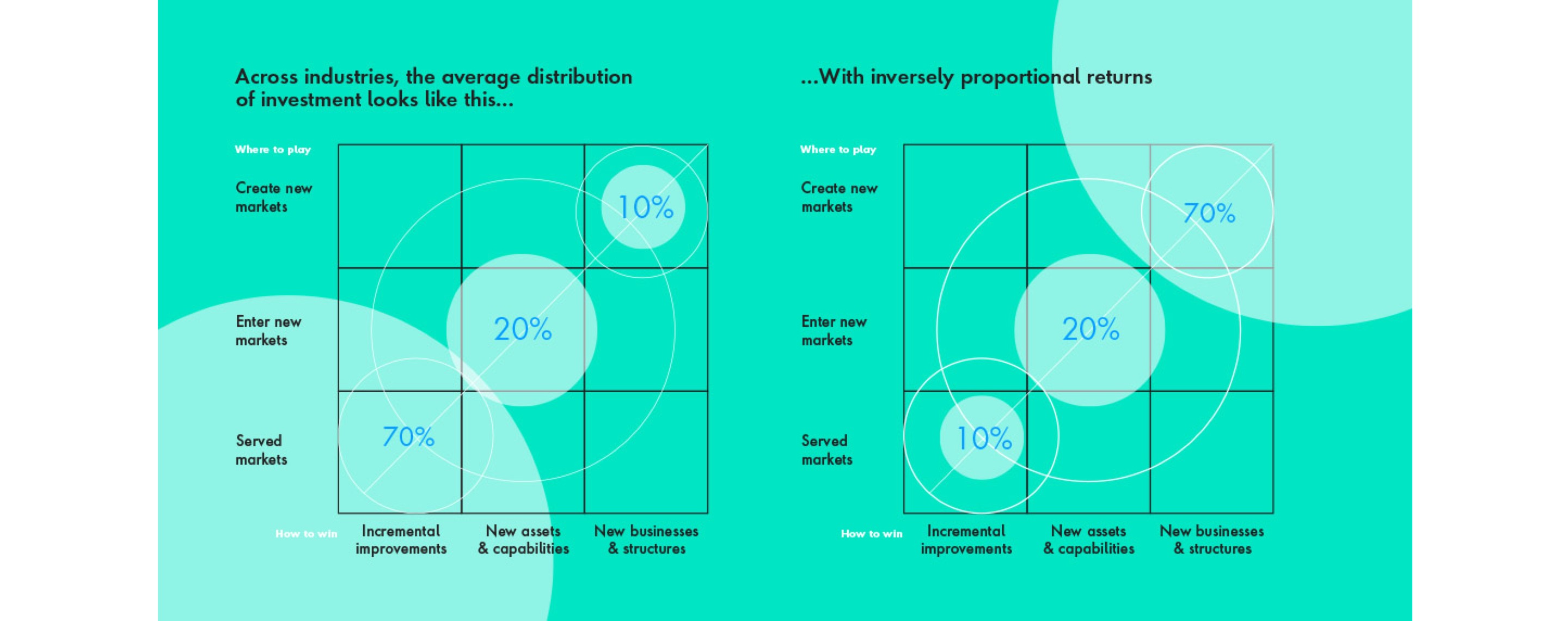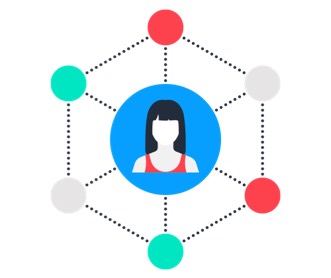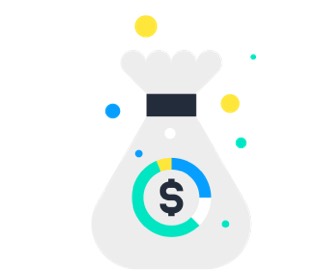What issue can we solve for you?
Type in your prompt above or try one of these suggestions
Suggested Prompt



Telecommunications, Media & Technology
Why Credit Card Data is More Valuable Than Cookies
Why Credit Card Data is More Valuable Than Cookies
Payment processors can use aggregated customer transaction data to help companies personalize offers and experiences while maintaining privacy.

Why customer segmentation helps with personalized offers:
- For customers: Protects privacy while enabling relevant personalization
- For merchants: Uses third-party transaction data to help enrich a first-party-based view of a customer
- For processors: Offers a new revenue stream that will help fill a major void
Payment processors have a massive new business opportunity to fill the customer data void that third-party cookies will leave behind once banned from the world’s most popular browser, Google Chrome.
These companies process billions of transactions each year that gives them mountains of data to understand customer spending across industries and geographies. One large payment processor for instance, processed more than 113 million transactions in 2020, while another processed 151 billion, according to Statista.
Trends in noncash payments, by value, 2000-18

Note: All elements are a trennial basis. Card payment were also estimated for 2016 and 2017. Credit card payment include general purpose and private-label version. Prepaid debit card payment include general-purpose,private-label, and electronic benefits transfer (EBT) versions. Estimates for prepaid debit payments are not displayed for 2000 and 2003 because only EBT was collected.
There’s no shortage of data to go around, but much of processors’ data sets, like card services and non-card services, have traditionally been siloed. They have multiple customer data platforms (CDPs) for different data sets but nothing ties them all together to paint a complete picture of a customer’s spending behavior.
A large processor, for instance, made $4.1 billion in 2019—a quarter of its annual revenue—from using its warehouse of transaction data for services that include marketing analytics, as reported in Fast Company. Another processor, for example, works with data brokers to identify purchasing habits of individual customers that match criteria supplied by marketers, also reported in Fast Company. However, these payment processors aren’t actually helping to analyze or show what’s possible with their data in any of these examples.
Instead of wondering how their own businesses will navigate a cookieless world, payment processors should focus on helping to fill the void.
Why Build a Customer Segmentation Service?
Major payment providers have been sharing transaction data with businesses for many years, but they should be going further to help businesses with real-time access to this data, helping them to reach their customers faster and tailor their marketing and advertising efforts. Using card information as the key, customers’ privacy is maintained – companies aren’t able to see transaction data associated with a specific card or cardholder names. Such a service would provide an aggregated view of the customer through segmented behavior that could be provided back to a business customer. This ensures that the business receives actionable insights without revealing specific personal information. Processors could build an API that provides segmented data and in turn, companies would use these segmentations in addition to their own first-party data for targeted offers and advertising.
For example, a customer could buy something on a retailer’s website and then the processor could share the fact that this card is used to pay for a lot of streaming services and electronics. The retailer could then make personalized offers on devices and accessories based on that data.
To help businesses with personalization post-cookies, processors need to build a segmentation service with the ability to:
- Pull in vast, real-time transaction data
- Continuously assign segmentation characteristics
- Enable customers to quickly marry that with first-party data to replace the personalization and segmentation efforts that were previously driven by cookies
Processors may even be in a position to enable small and mid-sized enterprises to load their first-party data into walled gardens and perform the personalization and segmentation as an added service.
How Customer Segmentation Enables Data Monetization
One processor’s open API initiatives, which essentially open up each processor’s API for merchants to create personalized campaigns within the card experience, are great examples of where a customer segmentation could create value. Both companies allow merchants to offer personalized coupons to customers based on transactional data. There are no coupons to clip or codes to save and the whole experience is seamless for customers. This organization are aiming to drive transactions on their platforms to increase business volume. But they’re only facilitating business rather than considering how they could make that a source of direct revenue. Customer segmentation could help enrich the data to show businesses other opportunities to engage with customers beyond transactional data.
A company, for example, could discover that their business travelers are overspending on rental cars to get from the airport to the hotel and that the car basically sits in a parking garage for most of the trip. The company could then use that data to recommend the traveler use a ride-share instead, or look at transaction data during a typical business trip combined with regional data to recommend the most convenient transportation option.
“Processors currently use data to help clients make business decisions, like building a store where their customers are spending. This helps the current business operate more efficiently. But they can also use the data for disruptive innovation where it points to new businesses that address new markets, like a rental car agency spotting an opportunity to partner with ride-share companies.”
David Poole , Director of Strategy, Publicis Sapient
Why Payment Processors Should Invest In Customer Segmentation

Data More Powerful Than Cookies
One caveat to customer segmentation is that payment providers still need to get a credit card number from a business to be able to pull data from that particular card. Processors can’t see credit card numbers until a business provides those. While AI and machine learning could create look alike scenarios before a transaction has happened, this isn’t as precise as using real-time transactional data.
But this is why payment processor data is better than what cookies provide: they’re based on actual spending patterns and behavior rather than web searches – not just intent but also action. Anyone can provide a dashboard with credit card data, but payment providers can build on what they already offer to help organizations use that data to improve their products and services or reimagine their business models entirely.
Related Readings
-
![Digital Payment Graphic]()
How Every Company Will Become a Digital Bank
Customer expectations for digital financial transactions have reached beyond banking
-
![]()
Data & Artificial Intelligence
Helping organizations get future ready by accelerating AI understanding and building a strategy to take you from discovery to world class solution.
-
![]()










